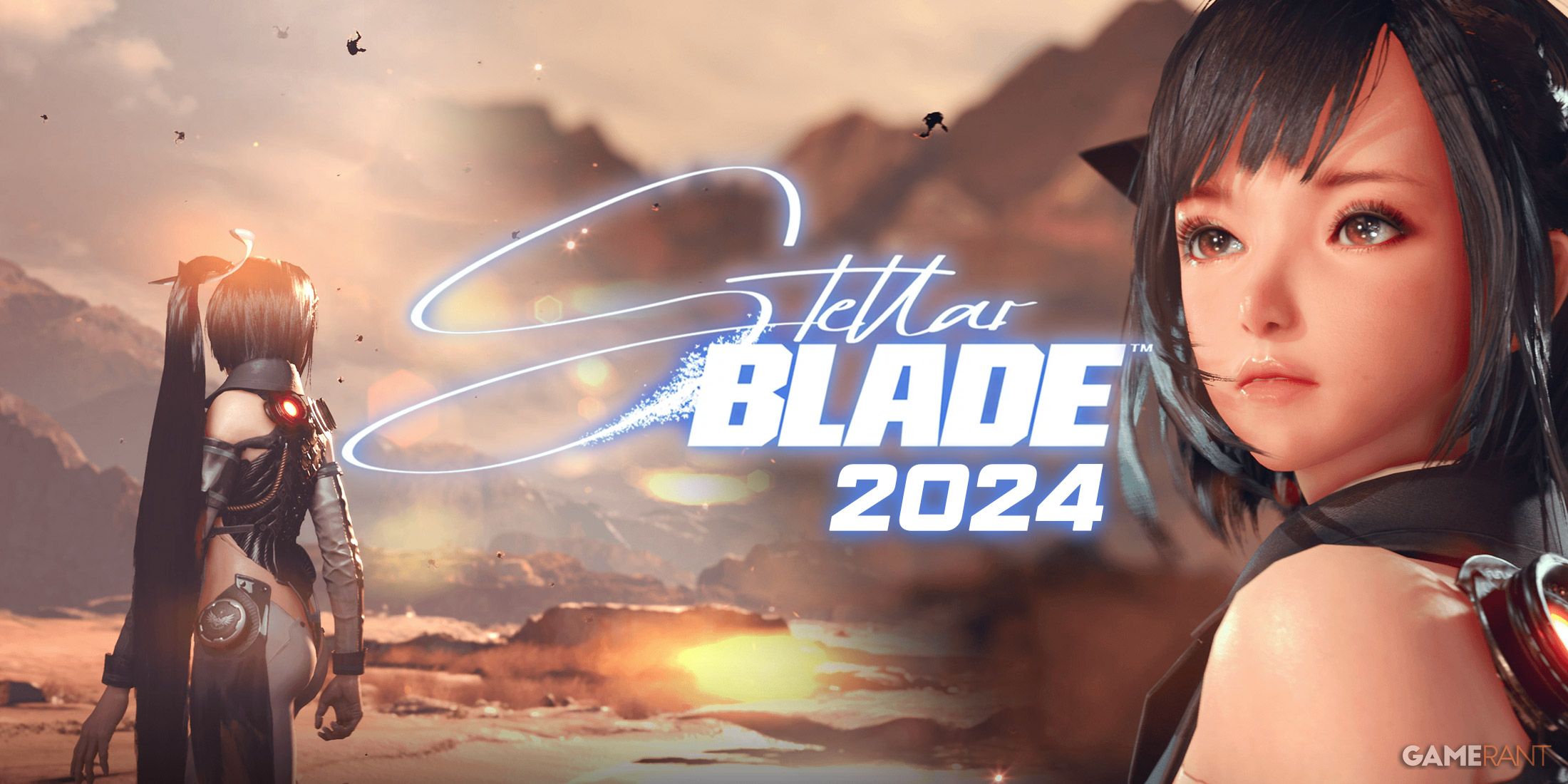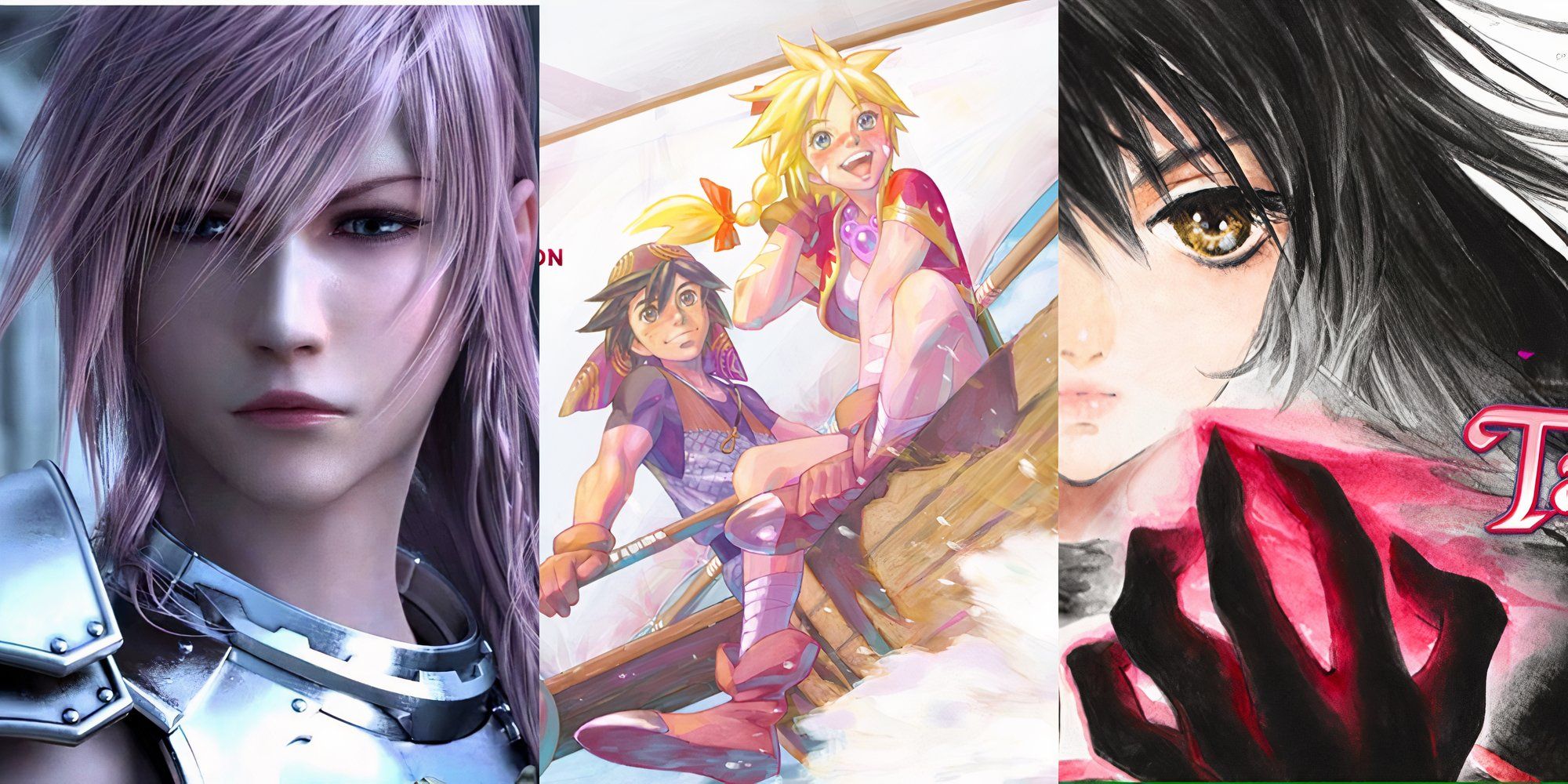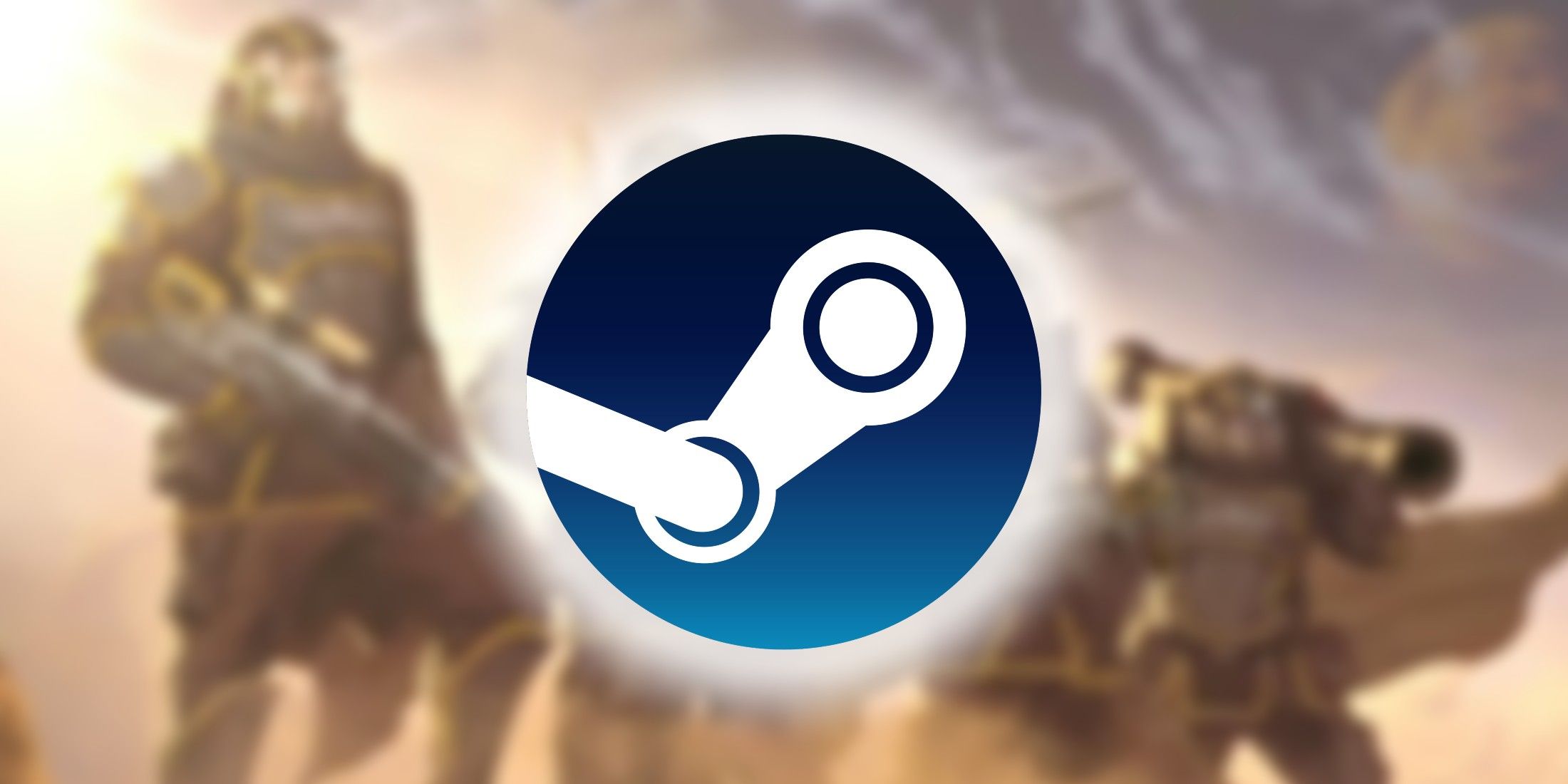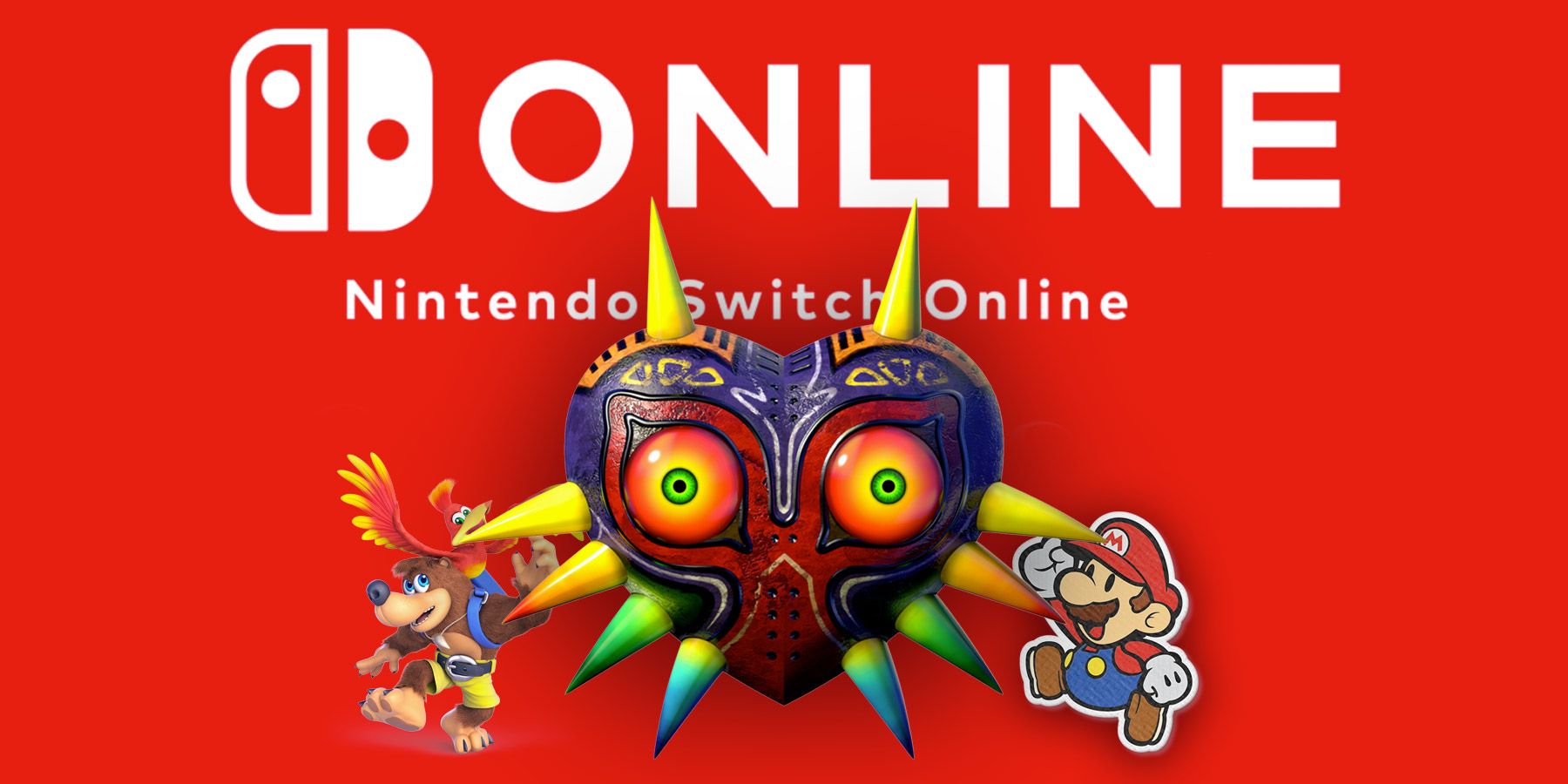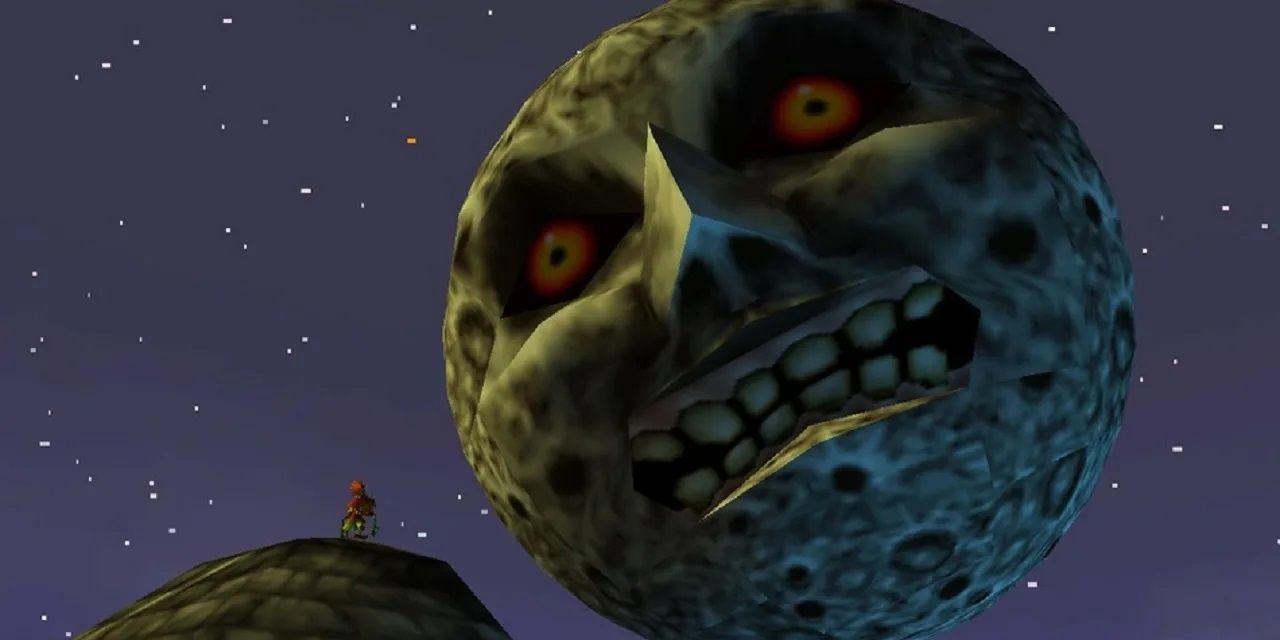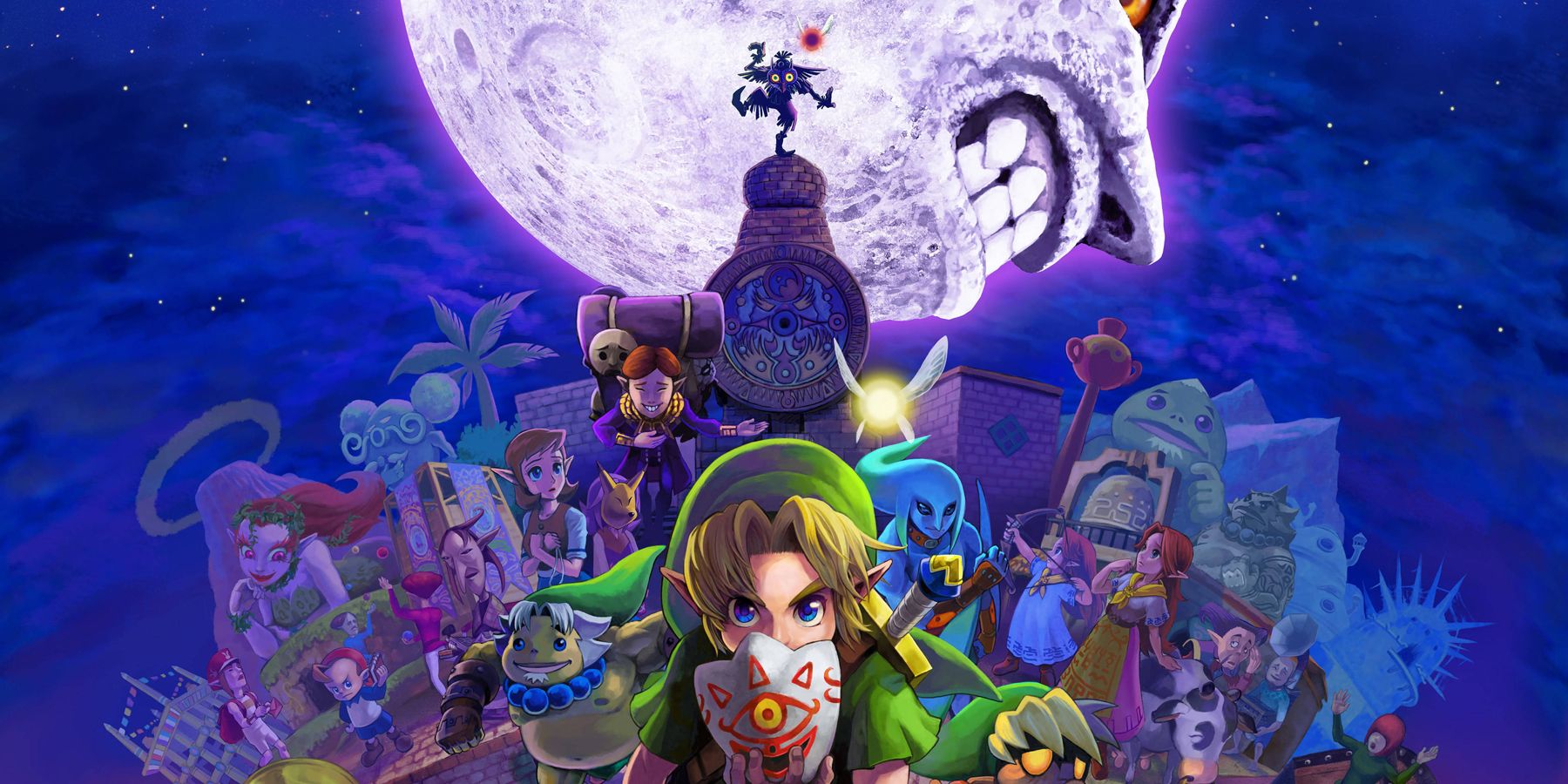There was some apprehension when Nintendo first revealed its Switch Online Expansion Pack. While the service offered a large amount of value upon first glance with the addition of Nintendo 64 and Sega Genesis games, it was a significant price hike for little in the way of actual upgrades to the already controversial service. Things only got worse once the Expansion Pack launched, as fans quickly discovered that the N64 emulator it used was more buggy and less responsive than any other commercially available or fan-made emulator, including the one used by the Virtual Console back on the Nintendo Wii. It was a severe disappointment to fans who wanted more retro games to be supported on modern systems and to those looking forward to Nintendo porting games from their later consoles.
Things have improved since then, albeit slowly. Some fans have reported incremental improvements to the emulator as Nintendo Switch updates continue to release. December saw the release of several new Genesis games, and January brought with it the release of Banjo-Kazooie on the service. Even though it was among the games initially advertised as coming to the Expansion Pack, the significance of this Microsoft IP releasing on Nintendo’s subscription service didn’t dawn on players until the game arrived. The future promises more games and improvements, and it seems like the next N64 game will be The Legend of Zelda: Majora’s Mask. This February release could be Nintendo Switch Online’s most enticing game yet, and should prove to be a great motivator for those on the fence about the Expansion Pack.
Majora’s Mask Innovates On The Zelda Formula
One of the first things any player will notice about The Legend of Zelda: Majora’s Mask is that the game’s structure is completely different from every other Zelda game. Majora’s Mask is spent almost entirely within the span of three in-game days, with Link forced to reset some of his own progress when the falling moon draws too close. While there are options to speed up or slow down the march of time, there is no stopping it, and the on-screen clock will always be on the player’s mind. It can take the full three days and nights to reach the end of just one of the game’s larger quests, which means Link will need to reset his progress again and again.
It is fortunate, at least, that the design of the world is simplified compared to other games. Majora’s Mask takes place in Termina, and revolves around the Clock Town settlement in the middle of Termina Field. There are four major paths leading to four large areas containing one dungeon each. While there are some offshoots along each path and some large differences in each area once a dungeon is complete, progressing through all of those dungeons is the player’s main goal.
That may seem like a paltry amount compared to every other Zelda game, but just getting these dungeons open can take days of in-game time for players, and more days just to beat one. The time limit compounds with a greater story focus and increased dungeon complexity to create an experience that will be a thrilling Groundhog Day scenario to some, and a nightmarish slog to others.
A Focus on Characters Defines Majora’s Mask
What really makes Majora’s Mask’s strict schedule tick is not the act of racing against it, however. It’s how the set period of playtime is used to enhance the game’s characters, and make them feel like real people living their lives. Everyone has something to say or do as the moon creeps ever closer, and watching it all unfold paints a breathtakingly detailed picture of even random NPCs who have no gameplay function. The characters found in each of the dungeon areas also have unique plights, many of which involve the spirits that became Link’s mandatory transformational masks. Even the villains, the Skull Kid and titular Majora’s Mask, are characterized in interesting ways, with Skull Kid’s loneliness and Majora’s childish cruelty coming into focus.
Things get even more in-depth with the game’s many quests. The ones centered on Clock Town are the ones that most players remember, particularly Kafei’s game-spanning drama and the action-packed Romani Ranch sequences. Kafei becomes a sort of secondary protagonist during the loop players choose to focus on him, eventually reuniting with his fiance right as the moon is about to hit the town.
Romani Ranch, meanwhile, adds another element of surreal horror to this already bizarre game, not only through its events but with the unsettling tonal shift at the ranch if the player neglects it. These are only two of the many side activities Majora’s Mask has to offer, and many of them feed into Link’s optional objective of collecting every mask and unlocking a cool super mode to challenge Majora with.
Majora’s Mask Builds A Whole New Game Out of Ocarina of Time
Perhaps the most remarkable thing about Majora’s Mask is how much of itself is owed to Ocarina of Time. Majora’s Mask had a quickened development time due to the mass reuse of Ocarina’s 3D assets. However, this works in the game’s favor, as it often highlights how things in Termina are strangely similar to Hyrule, but never quite the same. The Twinrova becoming kind swamp guides are just one of the earliest examples players are likely to encounter. Majora’s Mask is able to share a lot of what makes Ocarina of Time great without losing its own identity.
This strange, dark, but also touching character-driven entry in the Zelda franchise owes so much to its peers, but also added so many iconic elements to the franchise that it’s a wonder Nintendo never took a second crack at its formula. So iconic is it that when it was announced that a second Breath of the Wild was being made with many of the original’s assets, comparisons to Majora’s Mask were drawn immediately, and were exacerbated by the horror-tinged nature of its reveal trailer. Love it or hate it, The Legend of Zelda: Majora’s Mask is an important game in the Zelda franchise, and those that missed out on its previous releases should consider picking it up once it joins the Nintendo Switch Online program.
The Legend of Zelda: Majora's Mask is available on Nintendo 64, and arrives on Nintendo Switch Online in February.

